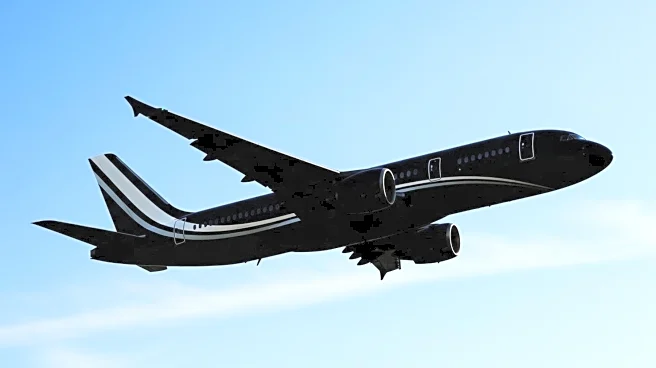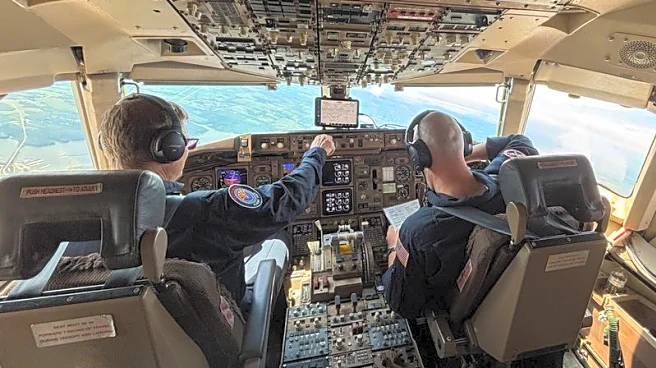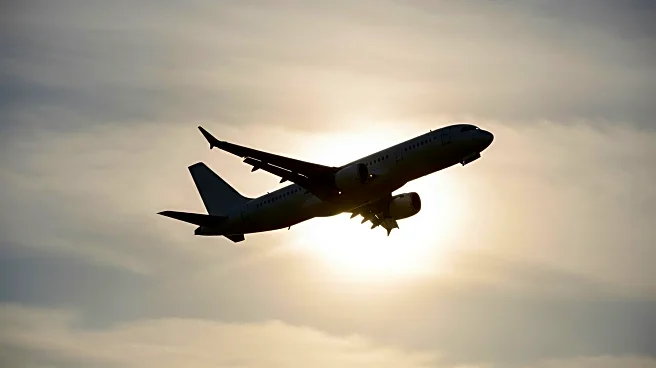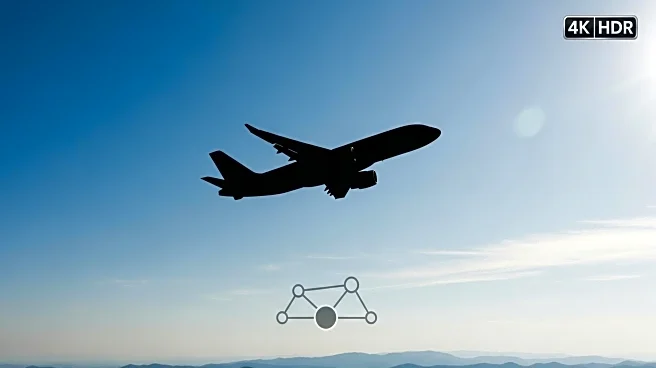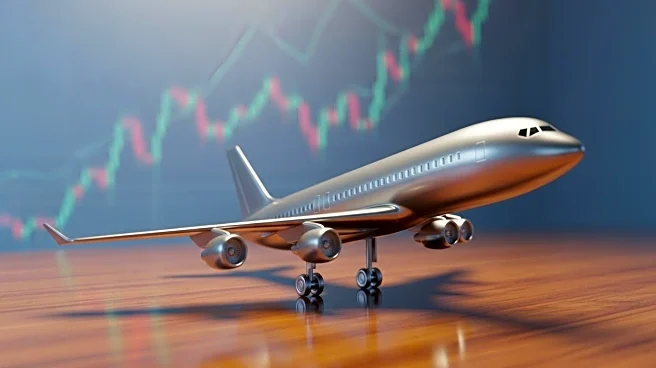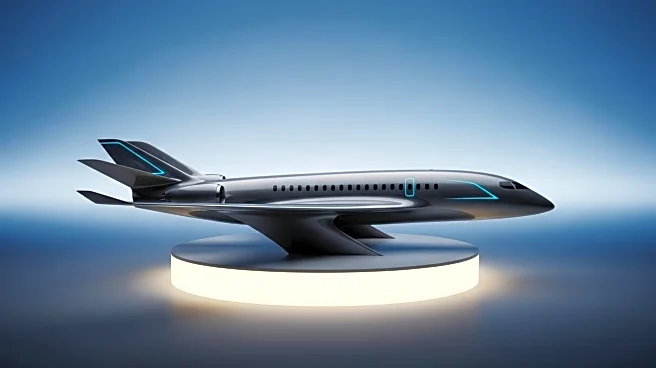What's Happening?
Honeywell, a major aerospace company, is advancing cockpit alert technology to enhance pilot response times to potential hazards at airports. The new system, known as Surface Alert (SURF-A), was tested by Honeywell's senior test pilot, Capt. Kirk Vining, who simulated near-disaster scenarios at Topeka Regional Airport. The alerts are designed to warn pilots of runway incursions, which occur when unauthorized planes, vehicles, or people are on the runway. These incursions have been a significant concern, with the Federal Aviation Administration (FAA) reporting an average of 4.5 incidents per day last year. Honeywell's technology aims to provide pilots with additional seconds to react, potentially preventing collisions. The system uses Automatic Dependent Surveillance – Broadcast (ADS-B) data, akin to GPS for airplanes, to enhance situational awareness.
Why It's Important?
The development of advanced cockpit alerts is crucial for improving aviation safety, particularly in the U.S., which is the world's busiest aviation market. With 44,000 flights and 3 million travelers daily, the risk of runway incursions poses a significant threat. Honeywell's technology could reduce these risks by providing pilots with critical extra seconds to make evasive maneuvers. This advancement is particularly important as the aviation industry seeks to maintain its safety record and prevent fatal accidents. Airlines like Alaska Airlines and Southwest Airlines have already adopted similar technologies, indicating a trend towards widespread implementation. The FAA's interest in reviewing recommendations for mandatory adoption of such systems underscores the potential regulatory impact.
What's Next?
Honeywell expects to receive regulatory certification for its new alert system next year. The FAA is currently reviewing recommendations from the Runway Safety Alerting Subgroup, which could lead to new regulations requiring advanced cockpit alerts in new aircraft. As more airlines adopt these technologies, the industry may see a significant reduction in runway incursions and related incidents. The cost of implementing these systems is relatively low compared to the potential costs of accidents, making it an attractive investment for airlines. Continued collaboration between airlines, aerospace companies, and regulatory bodies will be essential to ensure the successful integration of these safety measures.
Beyond the Headlines
The introduction of advanced cockpit alerts could lead to broader changes in aviation safety protocols and training. Pilots may require additional training to effectively use these systems, and airlines might need to update their operational procedures. The technology also highlights the importance of integrating modern data systems like ADS-B into aviation safety strategies. As the industry moves towards more automated and data-driven solutions, the role of human oversight and decision-making will remain critical. The ethical implications of relying on technology for safety decisions will likely be a topic of ongoing discussion.

